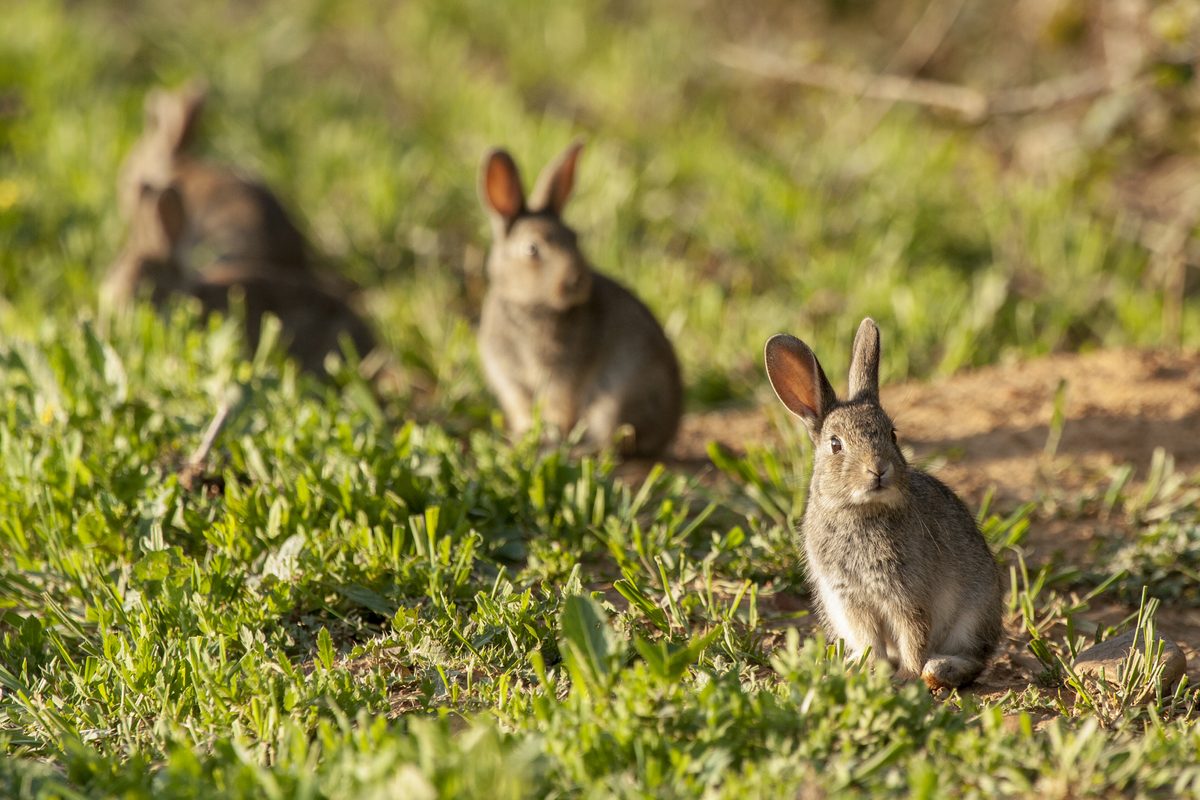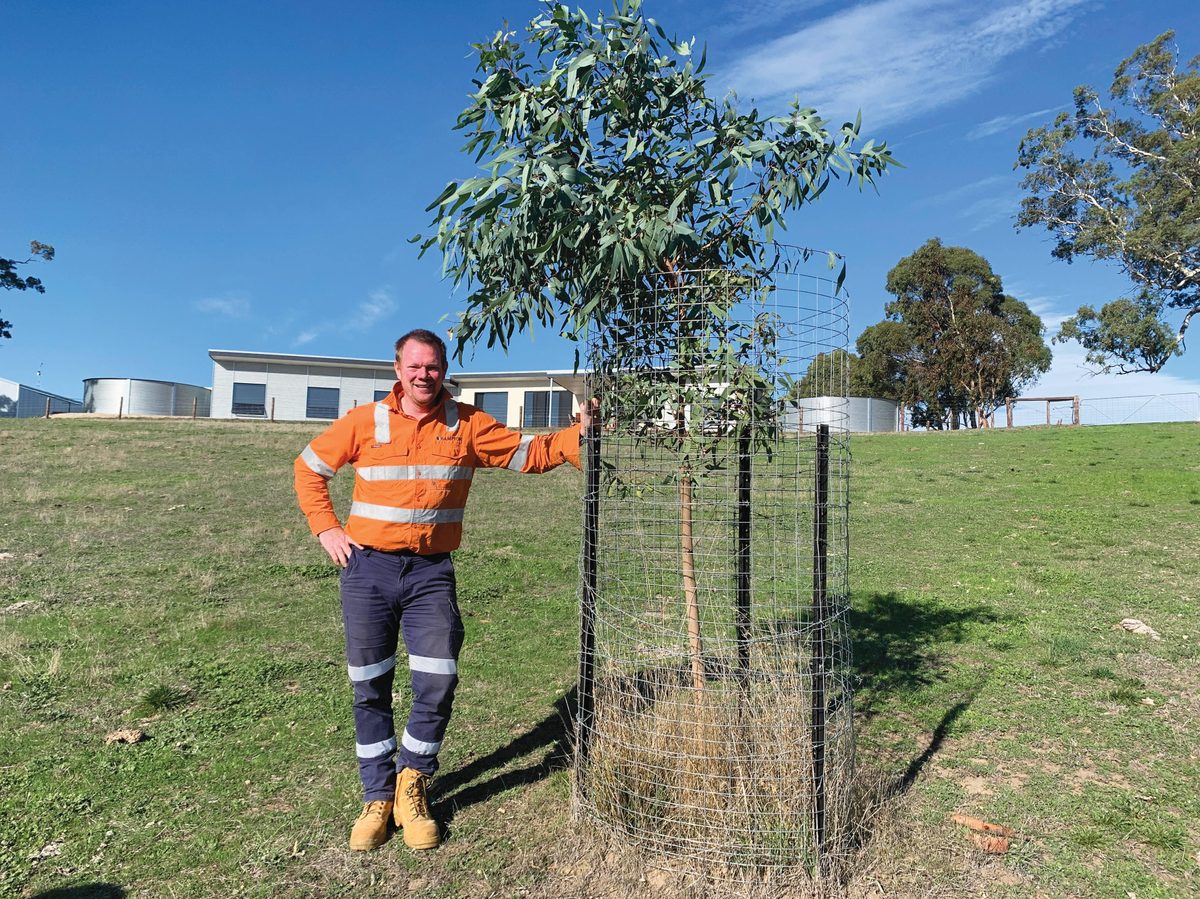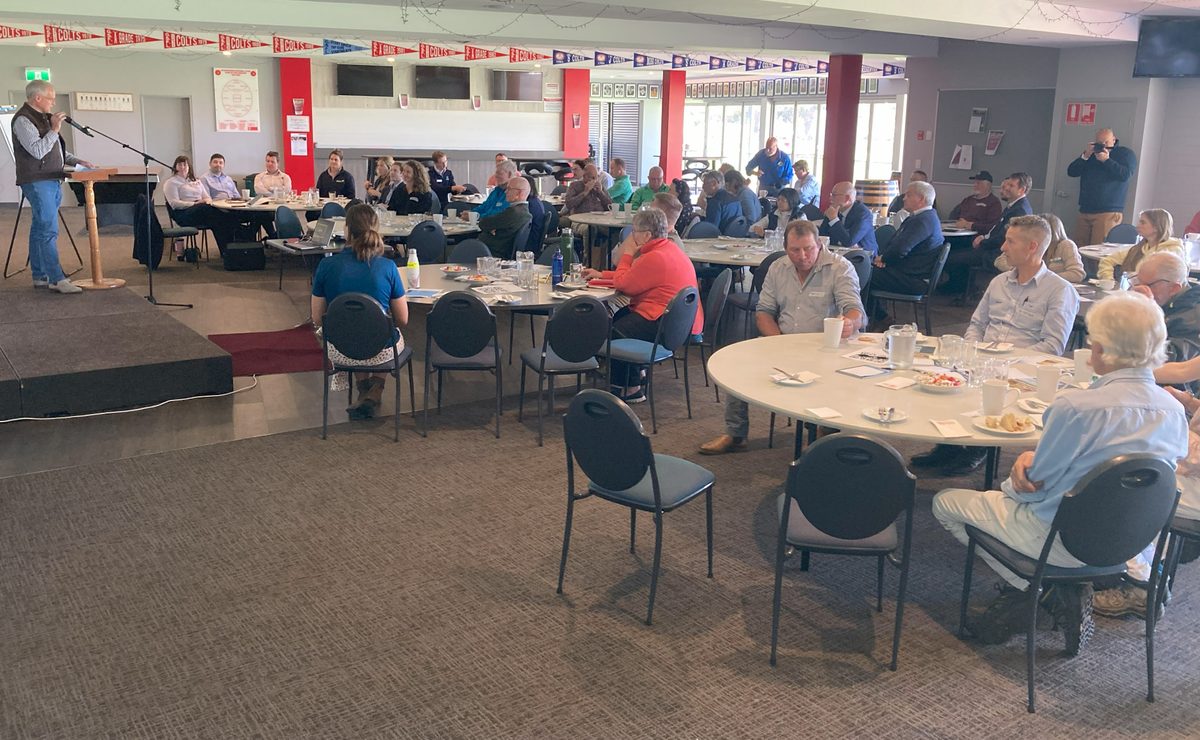Getting a jump on rabbits this winter
Rabbits are a serious pest in the Hills and Fleurieu region. While summer is the best time to bait, winter is the time to plan.

If you’ve seen signs of rabbits around your property, fresh scratchings, droppings or new burrows, now is the time to take notice. Cooler months might not seem like the right time to act, but they’re ideal for scoping out the problem and preparing a targeted control program before numbers build up again.
Why rabbits are bad for our environment
Rabbits cause long-term damage to land, gardens and native vegetation. They ringbark trees and shrubs, eat native seedlings, and compete with wildlife for food and habitat. In paddocks and pastures, they reduce productivity and contribute to erosion by removing ground cover and digging extensive burrow networks. These burrows can then undermine infrastructure such as tracks, fence lines and sheds.
In the Hills and Fleurieu, many native species and remnant bushland areas are already under pressure. Without active control, rabbits can undo years of revegetation and land management work in just a single season.
Winter is the time to prepare
While baiting is generally less effective in winter due to the abundance of green feed, it’s still a valuable time to prepare.
Breeding responds to feed availability. Now that the winter rains have finally arrived, and the grass is slowly starting to grow rabbits will start breeding with peak numbers occurring in late spring early summer. Acting now will reduce the peak numbers making summer activities more effective. After rainfall, signs like fresh digging or reopened warrens are often easier to spot in soft ground. Use this window to monitor activity, walk your property, undertake some winter activities, and plan where to focus your efforts come summer.
Seven useful actions you can take now
1. Check your property for signs
Look for rabbit activity such as scratchings, droppings or newly opened burrows. Fresh soil at warren entrances or signs of chewing on shrubs or pasture can help identify high-use areas. Keep notes or take photos to track patterns over time.
2. Talk to your neighbours
Rabbits don’t respect fences. The most effective control programs are coordinated across multiple properties. Now is a great time to check in with neighbours and line up your efforts and help each other out.
3. Start disrupting warrens and remove shelter
Warrens are where most breeding activity occurs. If the ground conditions allow, break up any warrens. This this is not possible because of buildings or location of warren on dam walls or in native vegetation then aim to close or block entrances with rocks. Keep an eye on these sites in case rabbit reopen the warrens.
Use the winter period to get rid piles of branches, remove pallets and other forms of shelter.
4. Prepare for baiting summer season
Use the winter months to get your baiting gear and plans in order. Identify likely baiting zones and pre-feed sites, and check what supplies you'll need. Please note: Landscapes Hills and Fleurieu does not supply Pindone carrots during winter.
5. Undertake rabbit control during winter
Many rural stores and hardware stores stock rabbit oat baiting products year-round. We have great resources on our website on how these can be used safely and effectively.
Contact Farmer Assist or other accredited shooters to safely shoot rabbits. On smaller properties you may need to work as a cluster of properties to make shooting activities safe, effective and efficient.
6. Track what you’re seeing
Set up trail cameras or do regular walk-throughs to monitor changes in rabbit activity. Keeping a simple log now will help you compare changes over time and evaluate the success of your control efforts later in the year.
7. Access support through the Drought Support Package
If you are a Primary Producer, you may be able to access free warren ripping and 1080 oats (for properties larger than 5 hectares) through the State Government's Drought Support Package. Find out more here.
A few simple steps now can save you time and resources later.
By planning early and keeping an eye on local rabbit activity, you’ll be ready to act when conditions improve for baiting.
Together, we can reduce the impact of rabbits and help protect the productivity and biodiversity of the Hills and Fleurieu region.
Coming soon
We’ll be sharing dates and details for our 2025/26 summer rabbit bait distribution days later this year. Sign up to receive our newsletter, ‘Stewardship News’, to be the first to know.



